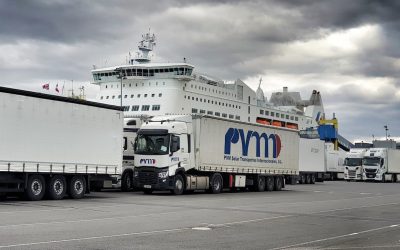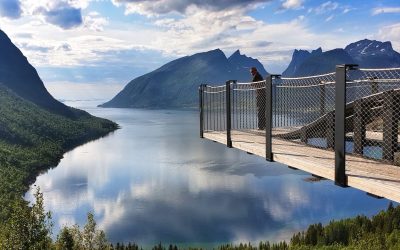The Age-old Conundrum - Road or Ferry? Europe’s shores are calling; adventure, culture and a rich tapestry of beautiful scenery awaits....

Tolls in Norway
Tolls in Norway
All Things Norway – A comprehensive guide
Norway - a land of dreams After an epic seven weeks in Norway and a total of five months in Scandinavia during the summer of 2019,...
Visiting Norway – All things Travel
Norway - the geological genius that mesmerises you around every corner Visiting Norway in a motorhome is a dream come true for so many. I...
Follow us
You can find us on social media,
different channels for different content.



